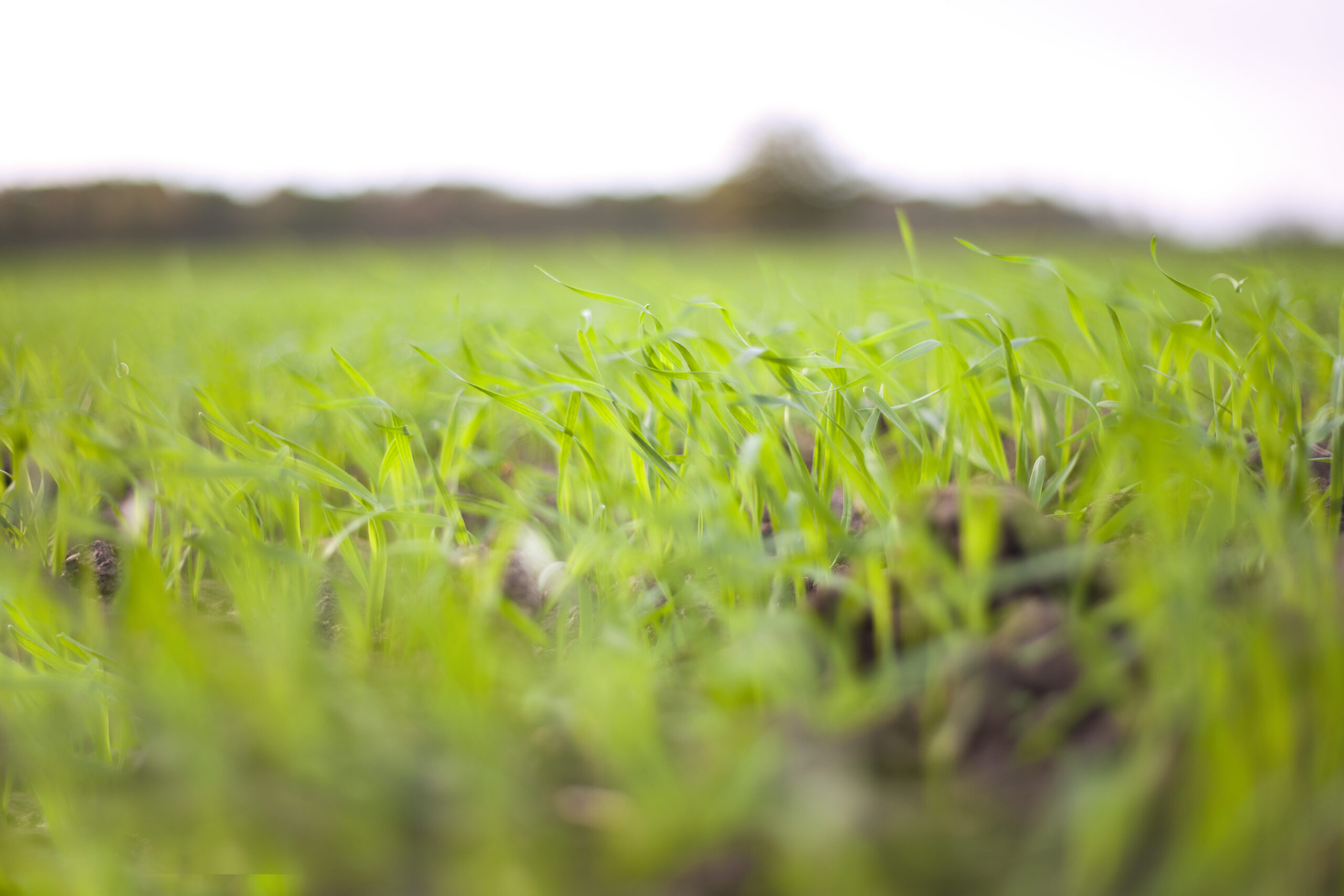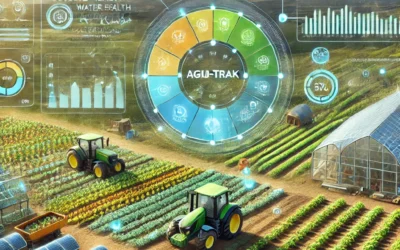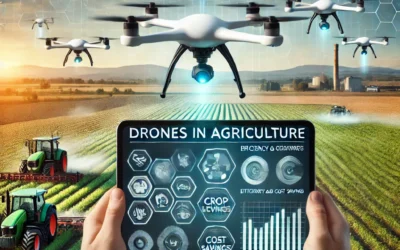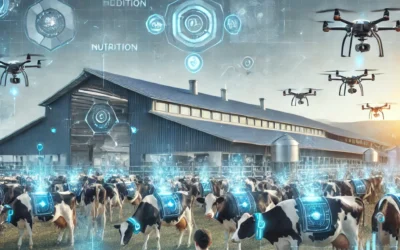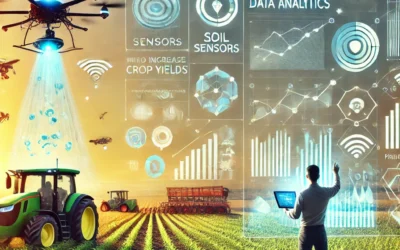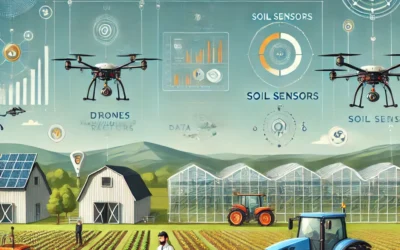Farming has always been a demanding occupation, requiring resilience, knowledge, and adaptation to ever-changing conditions. However, in 2024, the challenges facing farmers have intensified. Several factors—including environmental, economic, technological, and societal changes—have contributed to making farming more difficult than ever before. In this analysis, we will explore the primary reasons why farming is so hard in 2024.
1. Climate Change and Unpredictable Weather Patterns
One of the biggest obstacles for farmers today is climate change. This issue has been growing over the years, but by 2024, its effects have become significantly more pronounced. Unpredictable weather patterns, extreme temperatures, droughts, and floods are making it harder for farmers to manage their crops and livestock.
- Erratic Weather: Farmers depend on consistent weather conditions to plant and harvest crops. However, 2024 has seen increasingly erratic rainfall and extreme weather events, such as floods, hurricanes, and wildfires. For instance, many regions that once experienced predictable growing seasons are now seeing shifts that disrupt crop cycles.
- Rising Temperatures: Global warming has resulted in rising average temperatures, impacting crop yields. For many staple crops such as wheat, corn, and soybeans, higher temperatures can stunt growth and lead to reduced productivity. In addition, livestock is also vulnerable to heat stress, which affects their health, reproduction, and milk or meat production.
- Soil Degradation: Climate change has exacerbated soil erosion and nutrient depletion, making it more difficult to maintain soil fertility. Farmers must invest more in soil management techniques, like cover cropping and organic fertilizers, but even these methods can’t fully counteract the damage caused by changing environmental conditions.
The unpredictability of weather patterns due to climate change leaves farmers with less control over their production, leading to economic insecurity.
2. Rising Input Costs and Economic Pressures
In 2024, economic pressures are making farming less profitable and more challenging. The cost of inputs—such as seeds, fertilizers, and fuel—has skyrocketed, putting immense pressure on farmers to manage their expenses effectively.
- High Fertilizer Costs: The prices of fertilizers have surged due to several factors, including global supply chain disruptions and increased demand. Nitrogen-based fertilizers, essential for many crops, have seen some of the highest price hikes. This increase forces farmers to either reduce their use (which affects crop yields) or absorb the higher costs, both of which threaten profitability.
- Seed and Pesticide Costs: The market for genetically modified (GM) seeds, pesticides, and herbicides is dominated by a few large companies, which control prices. Farmers are often left with little choice but to purchase expensive seeds and chemicals, adding to their financial burden. The cost of GM seeds, which promise higher yields or resistance to pests, has become a significant expense.
- Fuel and Machinery: As fuel prices rise, so too do the costs of running farm equipment, from tractors to irrigation systems. Additionally, maintaining and upgrading machinery is a costly endeavor, and technological advancements often require farmers to invest in new, expensive equipment to remain competitive.
The combination of these rising input costs and the uncertainty of market prices for crops and livestock products creates a precarious financial environment for farmers.
3. Labor Shortages and Workforce Challenges
Another significant hurdle in 2024 is the persistent labor shortage in the agricultural sector. The reasons behind this labor crisis are multifaceted, stemming from demographic changes, immigration policies, and the nature of the work itself.
- Aging Workforce: The average age of farmers continues to rise, with fewer young people entering the profession. Farming is often seen as physically demanding, low-paying, and high-risk, making it less attractive to younger generations. As older farmers retire, there are fewer skilled workers to replace them.
- Immigration Policies: Many farms rely on migrant labor, especially during peak harvest times. However, stricter immigration policies and crackdowns on undocumented workers have reduced the available workforce in many countries. In the U.S. and parts of Europe, for example, this has caused significant disruptions in agricultural production, as farmers struggle to find enough laborers to tend to crops and livestock.
- Low Wages and Harsh Conditions: Farm labor is often associated with long hours, physically demanding tasks, and exposure to harsh weather conditions, all while offering relatively low wages. In 2024, workers are increasingly seeking jobs in less physically taxing and more lucrative industries, further depleting the agricultural workforce.
4. Technological Barriers and Uneven Access to Innovation
Technological advancements, such as precision agriculture, robotics, and AI, have the potential to revolutionize farming. However, access to these technologies is uneven, and many farmers face significant barriers to adopting them.
- High Costs of New Technologies: Cutting-edge technologies in agriculture, such as drones for crop monitoring, autonomous tractors, and AI-driven data analysis, require substantial upfront investment. For small- and medium-scale farmers, these costs are often prohibitive, leaving them at a disadvantage compared to larger industrial farms that can afford to integrate these systems.
- Digital Divide: In many rural areas, access to high-speed internet remains limited. This digital divide prevents farmers from fully utilizing technologies that rely on connectivity, such as cloud-based data analytics or remote-controlled machinery. Without reliable internet, farmers in remote areas are unable to adopt precision agriculture techniques that could improve efficiency and yields.
- Technological Knowledge Gap: While younger farmers may be more tech-savvy, older generations may struggle to understand and implement new technologies. Even when technology is accessible, a lack of training and support can hinder its effective use, reducing the potential benefits for productivity and sustainability.
5. Environmental Regulations and Sustainability Pressures
Farming in 2024 is also shaped by a growing demand for sustainable practices and the implementation of stringent environmental regulations. While necessary for long-term ecological health, these regulations often create short-term challenges for farmers.
- Water Use Restrictions: In many parts of the world, water scarcity has led to tighter regulations on agricultural water use. Farmers in drought-prone areas are required to adopt water-saving technologies and practices, which can be costly to implement. Irrigation systems, for example, need to be upgraded to more efficient models, adding to farmers’ expenses.
- Carbon Emissions and Green Farming: Pressure to reduce carbon emissions and adopt more sustainable practices is increasing. Many countries are introducing carbon taxes or offering incentives for carbon-neutral farming practices. However, shifting to organic or regenerative farming methods often requires significant changes to current operations and can lead to reduced yields in the short term.
- Biodiversity and Land Use: Farmers are being encouraged to maintain biodiversity and reduce their environmental footprint, which often means setting aside land for conservation or using more eco-friendly (but expensive) pesticides and fertilizers. These initiatives, while environmentally important, can reduce the amount of land available for production and increase operational costs.
6. Global Trade Uncertainty
Global trade policies have a profound impact on farmers, and in 2024, the volatility of international trade relationships is adding to the complexity of farming.
- Tariffs and Trade Wars: Ongoing trade disputes between major agricultural producers, such as the U.S., China, and the European Union, have led to fluctuating market prices for key exports like soybeans, corn, and dairy products. Farmers who rely on exports are particularly vulnerable to these global market shifts.
- Supply Chain Disruptions: The lingering effects of the COVID-19 pandemic and geopolitical conflicts have caused persistent disruptions in global supply chains. Farmers face delays in receiving essential inputs, such as seeds and fertilizers, while also struggling to get their products to market in a timely and cost-effective manner.
Conclusion
Farming in 2024 is marked by a convergence of environmental, economic, technological, and societal challenges. Climate change is wreaking havoc on growing conditions, while rising input costs and labor shortages strain farmers’ ability to operate profitably. The uneven access to new technologies and the pressures of sustainability add further complications. Despite these difficulties, farmers continue to adapt and innovate, but the growing complexity of modern agriculture makes it a far more difficult profession than in previous generations. To support the agricultural sector, there is a need for policies that address climate resilience, economic support, and equitable access to technology.

